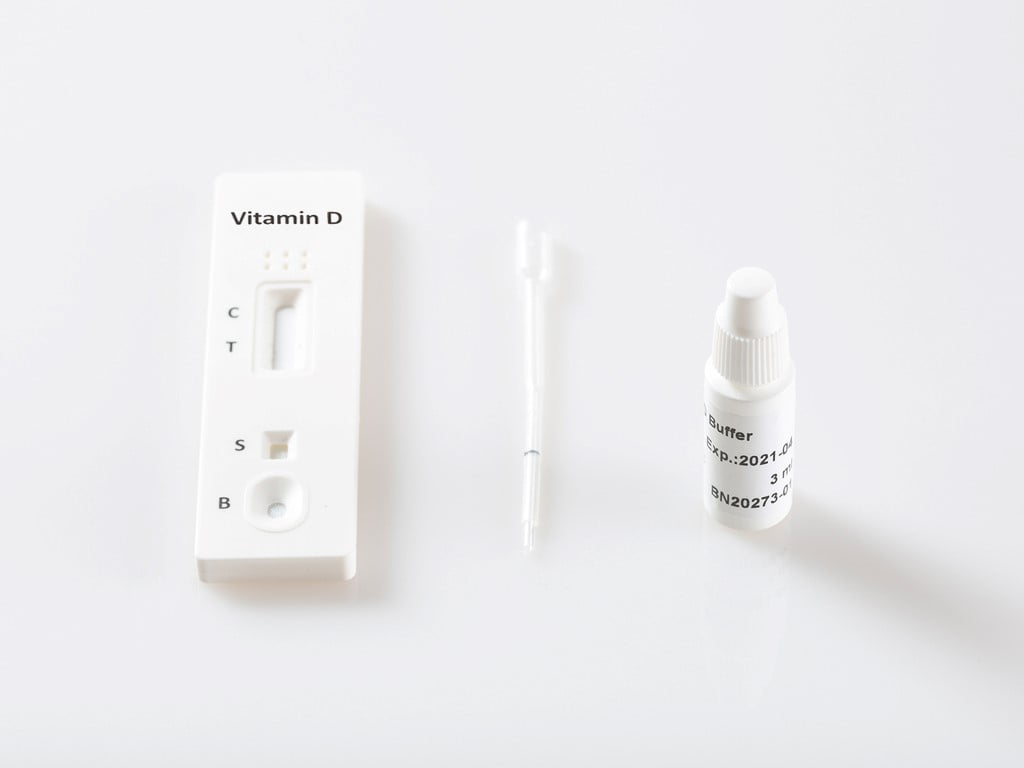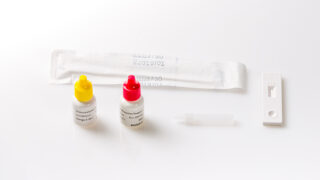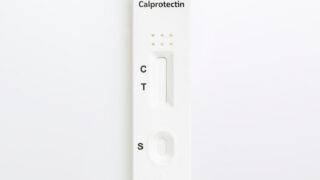Categories
Vitamin D Rapid Test
A vitamin D test is a blood test that measures the levels of vitamin D in the bloodstream. This test is used to assess an individual’s vitamin D status, which is essential for bone health, immune function, and overall well-being. The test helps to diagnose vitamin D deficiencies or excesses and guide appropriate supplementation or treatment. It’s a valuable tool in maintaining optimal health.
Product information
The Vitamin D Rapid Test is an immunochromatographic rapid test for the semi-quantitative detection of 25-hydroxyvitamin D (25 (OH) D) in human fingerstick Whole blood at a cut-off concentration of 30 ± 4ng/mL. This assay provides a preliminary diagnostic test result and can be used to screening for Vitamin D deficiency.
Advantages of Vitamin D test
- Easy to perform
- No complex sample collection needed
- Accurate test result
General information
Vitamin D refers to a group of fat-soluble secosteroids responsible for increasing intestinal absorption of calcium, iron, magnesium, phosphate and zinc. In humans, the most important compounds in this group are vitamin D3 and vitamin D2. Vitamin D3 is naturally produced in the human skin through the exposure to ultraviolet light and Vitamin D2 is mainly obtained from foods.
Vitamin D is transported to the liver where it is metabolized to 25-hydroxy Vitamin D. In medicine, a 25-hydroxy Vitamin D blood test is used to determine Vitamin D concentration in the body. The blood concentration of 25- hydroxy Vitamin D (including D2 and D3) is considered the best indicator of Vitamin D status. Vitamin D deficiency is now recognized as a global epidemic. Virtually every cell in our body has Receptors for Vitamin D, meaning that they all require “Sufficient” Level of Vitamin D for adequate functioning. The health risks associated with Vitamin D deficiency are far more severe than previously thought.
Vitamin deficiency has been linked to various serious diseases: Osteoporosis, Osteomalacia, Multiple Sclerosis, Cardiovascular Diseases, Pregnancy Complications, Diabetes, Depression, Strokes, Autoimmune Diseases, Flu, Different Cancers, Infectious Diseases, Alzheimer, Obesity and Higher Mortality etc. Therefore, now detecting (25-OH) Vitamin D level is considered as “Medically Necessary Screening Test”, and maintaining sufficient levels not just to improve bone health, but to improve overall health and well-being.
The Vitamin D test is an immunoassay based on the principle of competitive binding. During testing, the mixture migrates upward on the membrane chromatographically by capillary action. The membrane is pre-coated with 25 (OH) D antigens on the test line region of the strip. During testing, 25 (OH) D present in the specimen will compete with 25 (OH) D on the test line for limited amount of anti-25 OH Vitamin D antibodies in the conjugate.
The higher concentration of 25 (OH) D in the specimen, the lighter would be the T line. The result will be read according to Color card provided with the kit. To serve as a procedural control, a colored line will always appear in the control line region indicating that proper volume of specimen has been added and membrane wicking has occurred.
Specimen Collection
The Vitamin D Rapid Test Cassette can be performed using whole blood (from fingerstick).
To collect Fingerstick Whole Blood specimens:
- Wash the patient’s hand with soap and warm water or clean with an alcohol swab. Allow to dry.
- Massage the hand without touching the puncture site by rubbing down the hand towards the fingertip of the middle or ring finger.
- Puncture the skin with a sterile lancet. Wipe away the first sign of blood.
- Gently rub the hand from wrist to palm to finger to form a rounded drop of blood over the puncture site.
- Add the Fingerstick Whole Blood specimen to the test by using a capillary dropper.
- Touch the end of the capillary dropper to the blood, do not squeeze the bulb of the dropper, the blood migrates into the dropper through the capillarity to the line indicated on the dropper. Avoid air bubbles.
- Squeeze the bulb to dispense the whole blood to the specimen area of the test Cassette.
- Testing should be performed immediately after the fingerstick Whole Blood have been collected.
Test procedure
- Allow the test, specimen, buffer and/or controls to reach room temperature (15- 30°C) prior to testing
- Remove the test cassette from the sealed pouch and use it as soon as possible.
- Place the cassette on a clean and level surface.
*To use a Capillary droppers: Fill the capillary tube and transfer approximately 20mL of fingerstick whole blood specimen to the specimen area of test cassette, then add 2 drops of buffer and start the timer. See illustration below.
- Wait for the colored line(s) to appear. Read results at 10 minutes by comparing the T line intensity with provided color card. Do not interpret the result after 20 minutes.
*Note: It is suggested not to use the buffer, beyond 6 months after opening the vial.
Interpretation of the results
Deficient: Two distinct colored lines appear. One is in the control region (C) and another should be in the test region (T). The line intensity in the test region (T) is equal to or darker than 10 ng/mL line depicted on color card provided with the kit.
Insufficient: Two colored lines appear. One is in the control region (C) and another should be in the test region (T). The line intensity in the test region (T) is darker than the 30 ng/mL line depicted on the color card provided with the kit and lighter than 10 ng/mL line depicted on Color card provided with the kit.
Sufficient: Two colored lines appear, one line should be always in the control region (C) and faint colored line appears in the test region (T). The line intensity in region (T) is darker than the 100 ng/mL line depicted on the Color card and lighter than 30 ng/mL line depicted on color card.
*Note: Always compare the T line intensity with “Vitamin D Color card” and interpret results accordingly.
Invalid: Control line fails to appear. Insufficient specimen volume or incorrect procedural techniques are the most likely reasons for control line failure. Review the procedure and repeat the test with a new test. If the problem persists, discontinue using the test kit immediately and contact your local supplier.
| Product name | Vitamin D Rapid Test |
|---|---|
| Detection | 25-hydroxyvitamin D (25 (OH) D) in human Whole blood |
| Type | |
| Sample Type | |
| Pack Size | |
| Format | |
| Analyte Detection |
Related products
-
Medical Tests
Chlamydia Rapid Test
Price requestThe Chlamydia Test is a diagnostic test used to detect the presence of Chlamydia trachomatis, a common sexually transmitted infection (STI). This test is typically performed on urine or swab samples from the genital area. It is a critical tool for diagnosing chlamydia infections, which can lead to various health complications if left untreated. Timely testing and detection help individuals receive appropriate treatment and prevent the spread of the infection.
-
Medical Tests
AFP Rapid Test
Price requestAlpha-fetoprotein (AFP) is a protein produced in the liver and yolk sac of a developing fetus. It serves as a biomarker in medical diagnostics, often associated with liver and certain testicular cancers. Healthcare professionals use AFP blood tests to monitor these conditions.
-
Medical Tests
FOB Rapid Test
Price requestThe Fecal Occult Blood (FOB) test, as a stool test, is used to detect the presence of hidden or occult blood in the feces. This test is vital for identifying gastrointestinal bleeding and potential issues such as colorectal cancer, polyps, or other digestive disorders. The test enables the early detection of colorectal health problems, which can lead to timely medical intervention and improved outcomes.

 Drug Test
Drug Test Heart Markers
Heart Markers Hormone Tests
Hormone Tests Medical Tests
Medical Tests Microbiology
Microbiology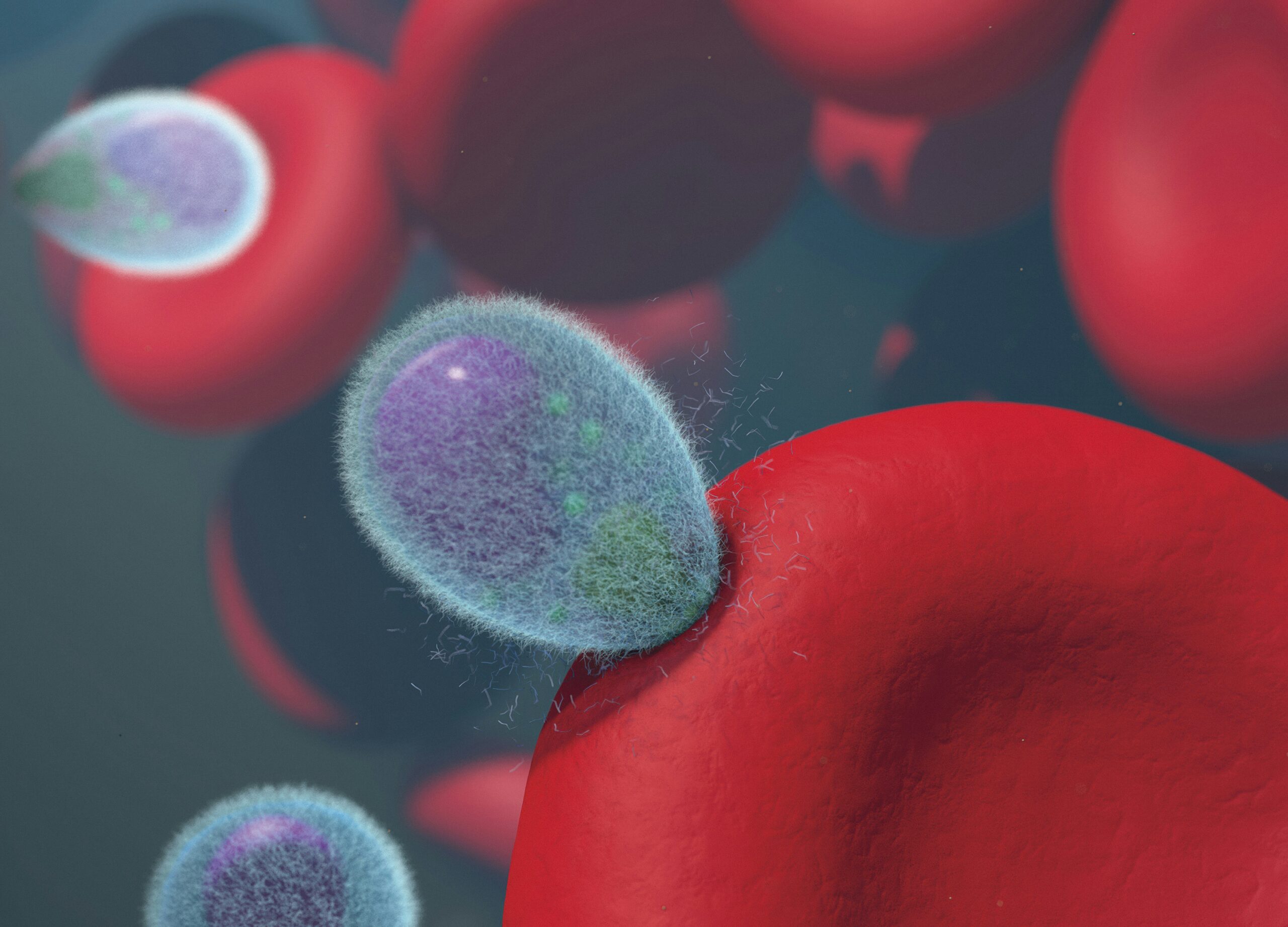 Parasite Infection
Parasite Infection Proteins and Inflammatory Markers
Proteins and Inflammatory Markers Qualitative Controls
Qualitative Controls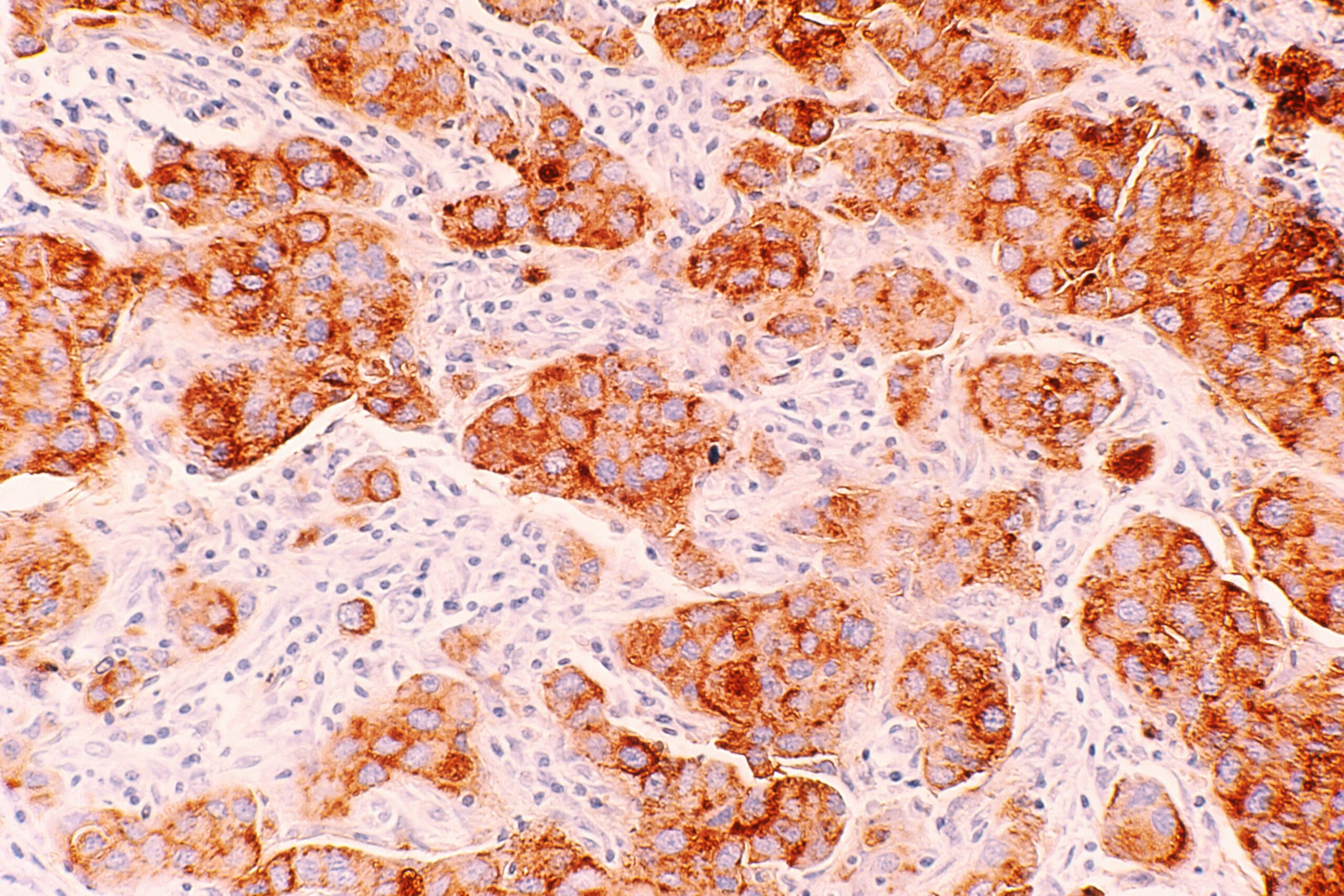 Tumor Marker
Tumor Marker Viruses
Viruses